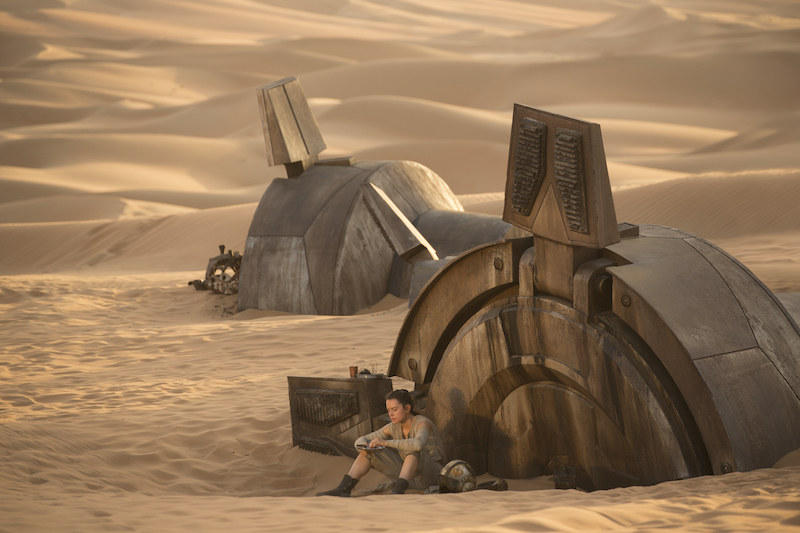Looking Back at 10 years of EdCamps Oh how the time flies, EdCamp Madison is turning 10 this year! It will be held Saturday, February 3rd at Sun Prairie West High School. Which can be found at 2850 Ironwood Drive in Sun Prairie Wisconsin from 8:30 am - 3:00 pm. Get more information and register here: https://sites.google.com/sunprairieschools.org/edcampmadwi/home I will always remember sitting in my first EdCamp opening session at the very first EdCamp Madison and having no clue what I was in for. So, I’d like to take this space to go over some of the basic rules of EdCamp. No One Will Pitch It for You EdCamps are unconferences. By this I mean that they have a blank slate of sessions for the day. There may be a few predetermined sessions, but ultimately the session topics are determined by attendees during the pitch & plan session that opens the day. If an idea gets pitched there will be a session on it. If a topic doesn’t get pitched, there won’t be a session on it. So, it i
We all have an idea where we want to take our classroom. We all have a vision. It cannot be accomplished overnight. For some innovations, we need to take baby steps.
I've been intrigued by the idea of Maker Spaces for a long time. Why? I love the idea of a space where students can experiment with the design process and have a large variety of tools and materials at their disposal. The idea of truly giving students voice and choice is made physical. That is why I am so intrigued about making my classroom into this type of physical space.
One of the first activities I have my physics students do is build a vehicle that will accelerate powered by a mousetrap of rubber band. Over the years, I've been collecting tools and scraps required for the construction. When we started construction this week, it felt very different.
Last term, my department head purchased an open storage system for many of my classroom supplies. So these building supplies that used to be in closed drawers and closets are now on display for all students.
Old Storage System
New Storage System
Students are putting together designs using material that were completely unexpected. It seemed like the simplest thing I did to transform my classroom into a maker space was putting my traditional supplies in an area where students could actually access and use them. In the past when students had an idea they would have to build up the courage to ask me. Then, I would go digging through the closet to see what I had. In this new model, the choice of supplies are all laid out. The idea stage is not limited by what supplies the teacher might have. It seems like now that the students are finding ways to make their ideas work without me being a gatekeeper of innovation. It's the fact that students weren't limited to what I said they could use that made the difference in how they went about the process.
Looking at these supplies, they are nothing out of the ordinary that wouldn't be in most teacher closets they were just made more accessible.
Next Steps
In the end, I hope to provide more supplies beyond what might be in a teacher's desk.
I want to build up a supply of LittleBits kits to allow for more advanced construction projects that tie mechanics to electronics.
Also, I don't want to ignore the audio/visual production of MakerSpaces. Having a class set of iPads has gone a long way to help students explore those avenues. We have lots of great media creation apps and that is one of the things I love about iPads over Chromebooks. I'm continuing to look at more apps for media creation using student voice. I'm hoping to start looking into green screen apps and maybe set up a green screen space in the classroom for video or image creation.
We have 3D printers at our school, but I am such a novice that will be a ways out for me. It might be up to some innovative students to build that need.
I'll keep making baby steps an incorporating new pieces into my space. Maybe I'll buy some Legos.
Resources
I'm always looking for great resources for what a maker space can look like, especially in a classroom.
The great team at makerspace.com have put together a wonderful free publication for anyone to get started thinking about designing a maker space in their school/classroom. Here is the link to the PDF file.
Edutopia has a great strand on Maker Education.









Can't wait to see what they come up with! Our kids started building theirs today!!
ReplyDeleteTeam Togetherness